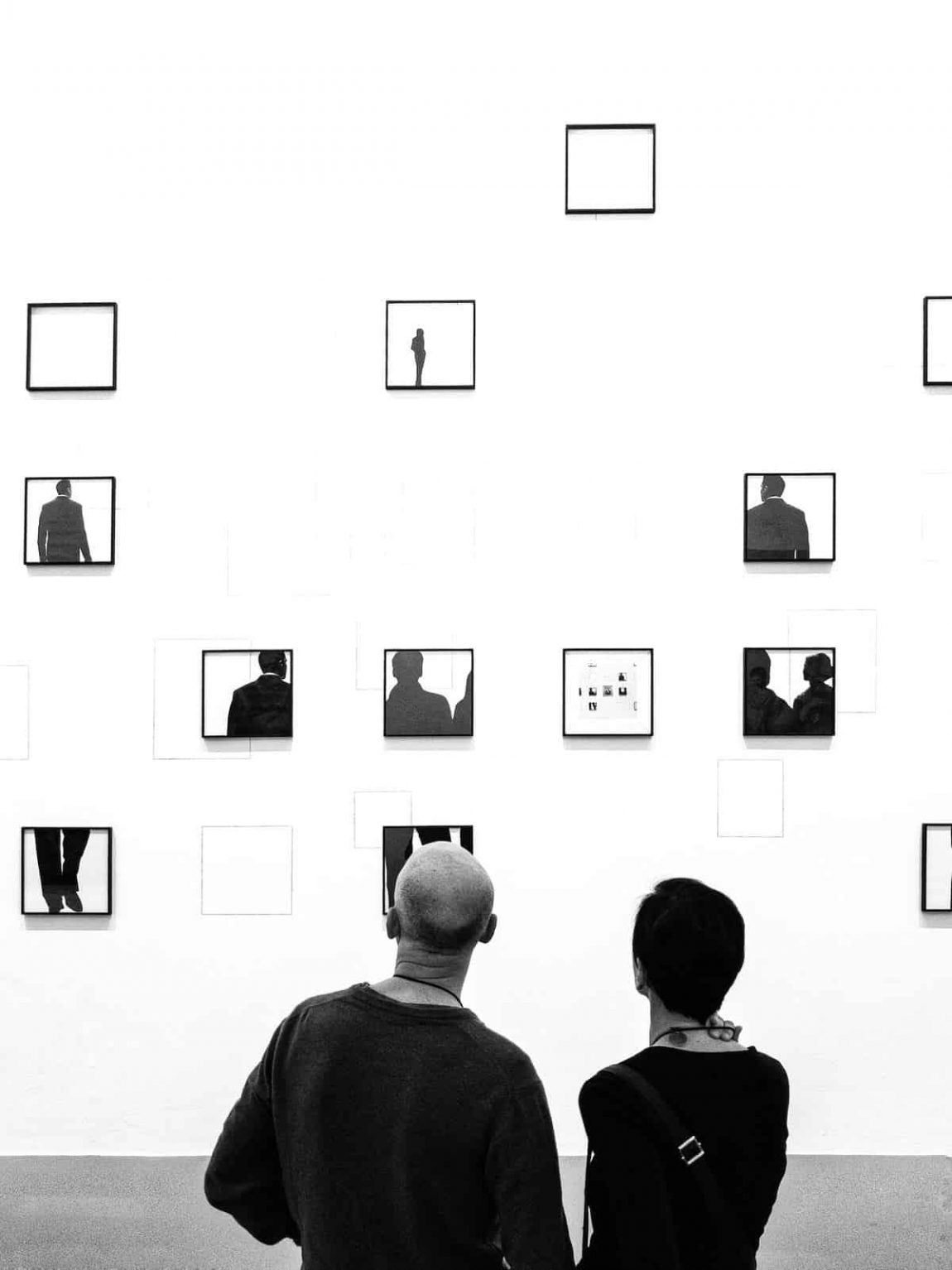- Modern art, spanning from the 1860s to the 1970s, revolutionized artistic expression, rejecting traditional narratives in favor of abstraction and experimentation.
- Key figures like Vincent van Gogh, Pablo Picasso, Henri Matisse, and Georges Braque played pivotal roles in its development.
- Movements like Fauvism, Cubism, and Surrealism exemplify the diverse styles and philosophies of modern art.
- Modern art laid the groundwork for contemporary and postmodern art, continuously influencing artistic trends and expressions.
The Genesis of Modern Art
The journey of modern art began in the mid-19th century, marked by a radical departure from classical traditions. Pioneers like Édouard Manet, with his groundbreaking work “Le déjeuner sur l’herbe,” set the stage for a new era of artistic exploration. This period saw the birth of numerous movements, each contributing uniquely to the art world.
Pioneers and Their Contributions
- Vincent van Gogh: A trailblazer of expressionism, his works like “The Starry Night” exhibit emotional depth and novel brushwork.
- Paul Cézanne: Cézanne’s approach to breaking down nature into geometric forms laid the foundation for Cubism.
- Pablo Picasso: Picasso’s “Les Demoiselles d’Avignon” was a cornerstone in the development of Cubism, radically altering art’s approach to form and perspective.
Key Art Movements
Fauvism and Expressionism
- Henri Matisse: Matisse’s “The Dance” is emblematic of Fauvism, characterized by vivid colors and fluid structures.
- Expressionism: This movement, highlighted by works like Edvard Munch’s “The Scream,” focused on expressing emotional experiences rather than physical reality.
Cubism and Its Evolution
- Analytic Cubism: Pioneered by Picasso and Braque, this style deconstructed objects into abstract forms.
- Synthetic Cubism: A later phase of Cubism, introduced varied textures and collage elements, further abstracting subjects.
Surrealism and Dada
- Surrealism: Artists like Salvador Dalí explored the unconscious mind, creating dream-like, bizarre artworks.
- Dada: This anti-art movement, with figures like Marcel Duchamp, challenged the very definition of art.
Post-War Artistic Developments
After World War II, the United States emerged as a new center for art innovation. Movements such as Abstract Expressionism and Pop Art gained prominence, led by artists like Jackson Pollock and Andy Warhol.
Abstract Expressionism
- Marked by spontaneous, abstract brushwork, it emphasized a free, expressive approach to art.
Pop Art
- Reflecting on contemporary culture and mass media, this movement blurred the lines between high art and popular imagery.
The Legacy of Modern Art
Modern art’s influence extends far beyond its own era, setting the stage for contemporary and postmodern art. It has redefined the way art is perceived, created, and appreciated, continuing to inspire artists and art enthusiasts worldwide.
Frequently Asked Questions
- What defines modern art?
Modern art is characterized by its rejection of traditional styles, experimentation with new materials, and a focus on abstraction and individual expression. - How did Vincent van Gogh influence modern art?
Van Gogh‘s bold use of color and emotive style paved the way for expressionism, influencing future art movements. - What are the main characteristics of Cubism?
Cubism is known for its fragmented, geometric forms and a shift from traditional perspectives. - How did World War II impact modern art?
Post-WWII, the art world saw a shift in focus from Europe to America, leading to the rise of movements like Abstract Expressionism. - What is the difference between modern and contemporary art?
Modern art refers to artistic works produced between the 1860s and 1970s, focusing on innovation and experimentation. Contemporary art follows modern art and is more diverse and global in its approach. - Who were the key figures in Fauvism?
Henri Matisse and André Derain were central to Fauvism, known for their wild brush work and vibrant colors. - What role did Pablo Picasso play in modern art?
Picasso was instrumental in the development of Cubism and had a profound impact on the course of modern art. - How did Surrealism differ from other art movements?
Surrealism delved into the unconscious mind, creating illogical and dream-like imagery. - What is the significance of “The Dance” by Matisse?
“The Dance” represents a key point in Matisse’s career and the development of modern painting, symbolizing emotional liberation. - Why is modern art important?
Modern art broke free from historical constraints, allowing artists to explore new perspectives and techniques, and it continues to influence contemporary artistic practices.
Modern art represents a pivotal chapter in the history of art, marked by relentless innovation and a profound impact that resonates to this day. From the vivid hues of Fauvism to the abstract forms of Cubism and the introspective nature of Surrealism, modern art has forever changed how we understand and appreciate artistic expression.





